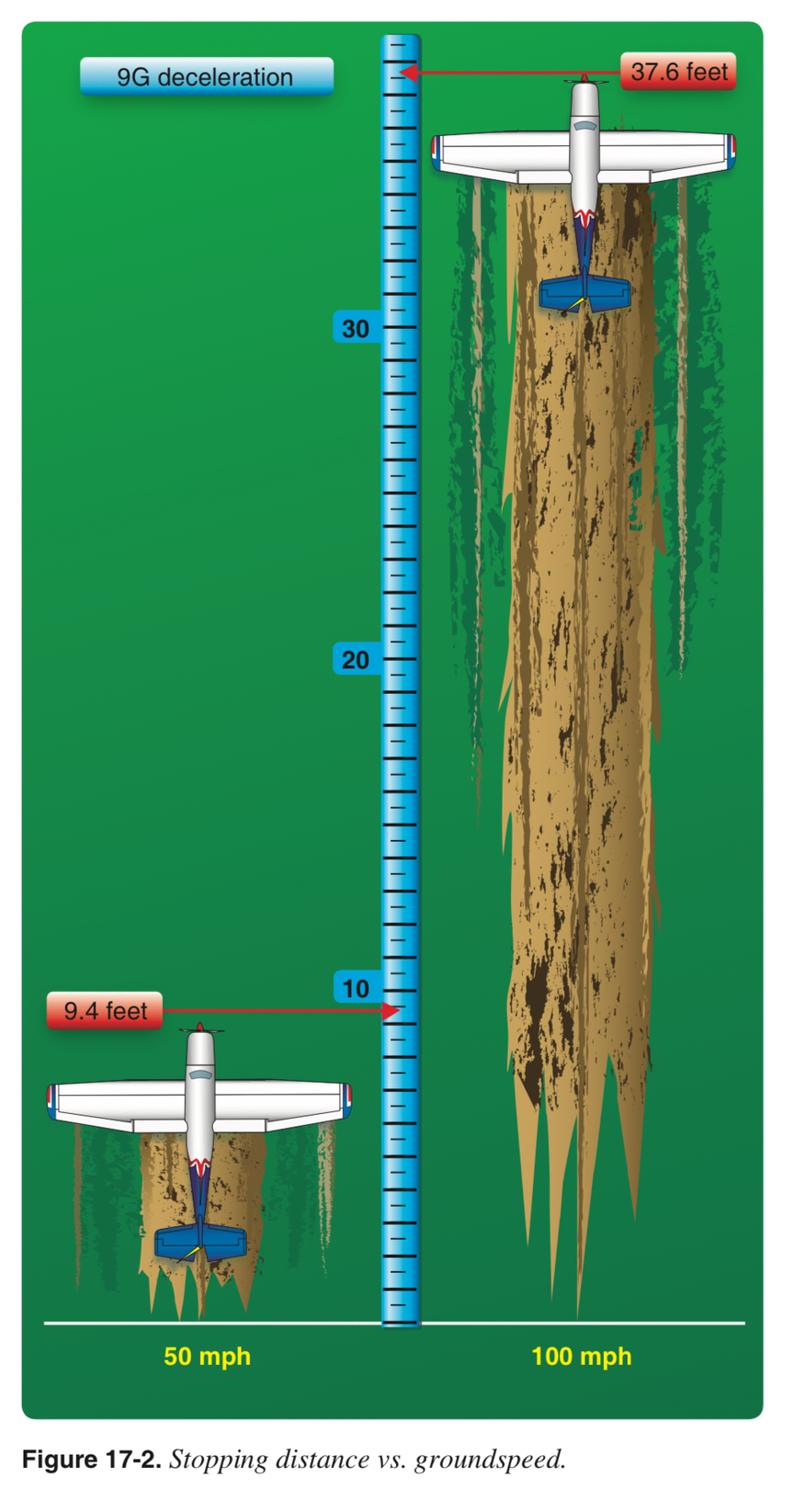The 50k is the MTBF. It doesn’t relate to how long the engine will run for. The MTBF of a human has been calculated at something like 500 years (it’s all on the internet) 
in a Cirrus, you would have done the same, but then IF the engine did NOT come back, you’d pull the chute, absent an airport you could glide to. I cannot see what’s wrong with that.
I can’t see much wrong with that either, but that’s not what many are suggesting one should do.
The book by Nate Jaros is good. He posted here previously. His book describes ways of calculating the procedure for doing a forced landing as taught in the military (high key, low key, etc – see e.g. here).
Airborne_Again wrote:
The generally accepted figure is that Lycosaurs fail once in 50,000 hours
I have seen such a number also, but it simply cannot be realistic. Maybe it’s a calculated number based on the core engine, perfect operation and perfect maintenance etc. The engine is operated min 20 h every week, 52 weeks per year, perfect oil and fuel delivery, perfect cooling, perfect ignition, runs only at low cruise setting and so on. Maybe then we will see such a number.
In real life, no way. Most engines break down due to not being used for a start, then corrosion, moisture in the oil, vibrations due to bad ignition, detonation, poorly done maintenance, poorly done main overhaul, not operated properly, and the list goes on. Not to mention starting the engine below zero centigrade without preheating. In the old days, when cars used mineral oil, we used to say that starting the car without preheating would add 1000 km to it. True or not, I don’t know, but it certainly is some truth to it. In a Lycoming with different metals in gliding contact, it certainly is not good for the engine, mineral oil or not.
It’s the engine stopping producing power that is interesting, regardless of reason. The real world MTBF for the propulsion system is the only thing that counts.
172driver wrote:
In a Cirrus, you would have done the same, but then IF the engine did NOT come back, you’d pull the chute, absent an airport you could glide to. I cannot see what’s wrong with that.
Peter wrote:
f following the Cirrus approach, I would now be on my 3rd plane, and probably without hull insurance.
That’s not the way I understand the Cirrus philosophy (I don’t fly one, btw). IIRC you had ample time to troubleshoot, got it sorted and went on your merry way. Fine. In a Cirrus, you would have done the same, but then IF the engine did NOT come back, you’d pull the chute, absent an airport you could glide to. I cannot see what’s wrong with that.
I’ve had two stoppages due to fuel servo icing (posted previously) and both were sorted with usual procedures.
If following the Cirrus approach, I would now be on my 3rd plane, and probably without hull insurance.
LeSving wrote:
Are they? Its not everyday you experience a dead stick landing, but IME it is something that every GA pilot will experience once or twice in his life. Those we hear about are those who have gone bad, not the ones who have ended well. I have only had one, but I have had several precaution type landings due to different stuff.
The generally accepted figure is that Lycosaurs fail once in 50,000 hours, so it is very unlikely that a GA pilot will have to experience an engine failure in his or hers life.
On the other hand it is reasonably likely that an average GA pilot will have this happen to someone nearby, e.g. in the same club.
since fortunately deadstick landings are rare
Are they? Its not everyday you experience a dead stick landing, but IME it is something that every GA pilot will experience once or twice in his life. Those we hear about are those who have gone bad, not the ones who have ended well. I have only had one, but I have had several precaution type landings due to different stuff.
This one is interesting. Very intense breathing audible initially, seems to take a little bit, but then the pilot is composed and pretty determined („Ok I’m gonna f….in…“).
This unfortunate event happened to a friend of mine. He allowed me to upload the footage and he told me this information, “Routine pleasure flight cut extremely short. Fortunately for me, 200agl ruled out a turn attempt although I had the natural urge to try for a split second. FAA still working on cause. Possible ignition or induction system. Site examination ruled out bad fuel, mags, separated engine components. Everything under cowling was intact. Typical pilot error components confirmed not an issue with the video. Checked primer locked once stopped, so also non-issue. Happy to be alive.”
Good read on stopping forces / energy dissipation:
https://www.faa.gov/regulations_policies/handbooks_manuals/aviation/airplane_handbook/media/19_afh_ch17.pdf local copy
The typical light airplane is designed to provide protection in crash landings that expose the occupants to nine times the acceleration of gravity (9G) in a forward direction. Assuming a uniform 9G deceleration, at 50 mph the required stopping distance is about 9.4 feet. While at 100 mph, the stopping distance is about 37.6 feet—about four times as great. [Figure 17-2] Although these figures are based on an ideal deceleration process, it is interesting to note what can be accomplished in an effectively used short stopping distance. Understanding the need for a firm but uniform deceleration process in very poor terrain enables the pilot to select touchdown conditions that spread the breakup of dispensable structure over a short distance, thereby reducing the peak deceleration of the cabin area.

Thanks for the book recommendation. Will check it out.